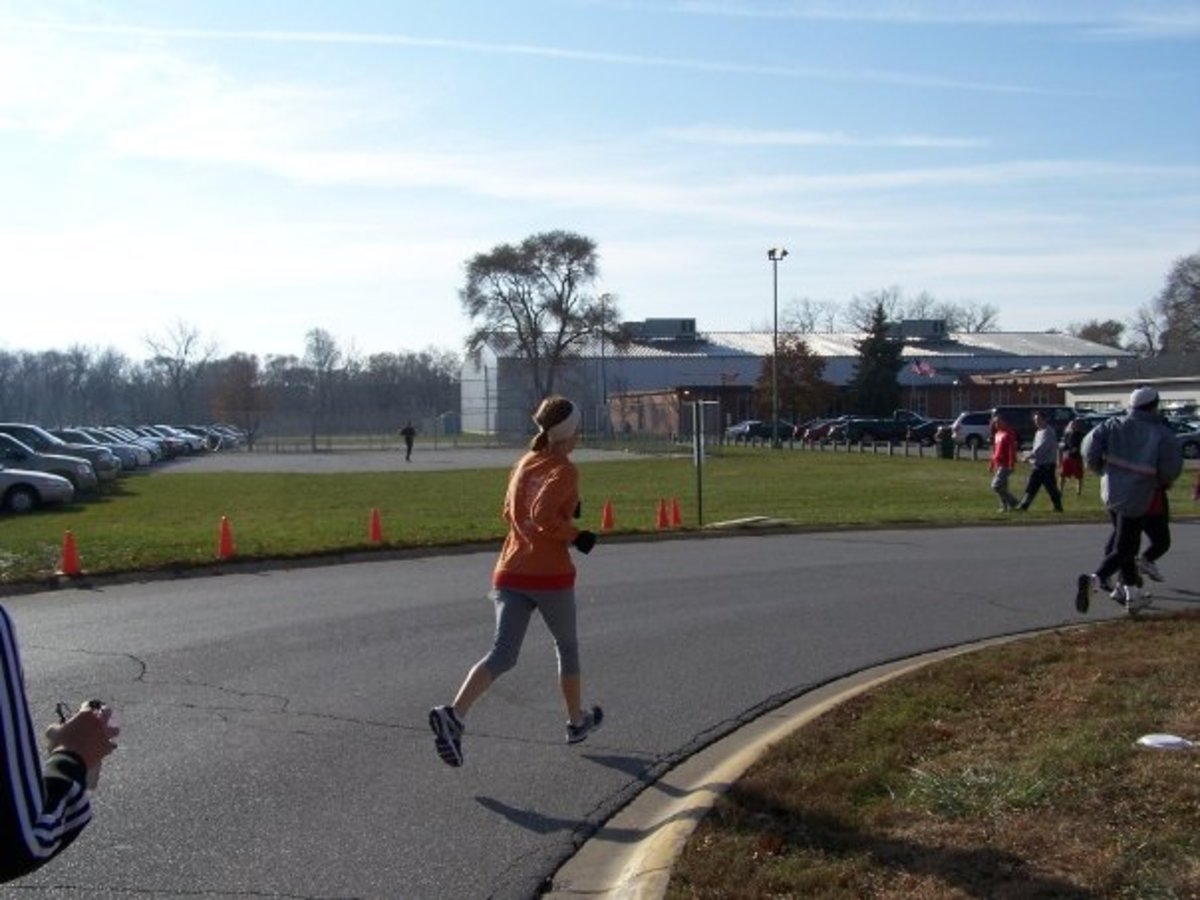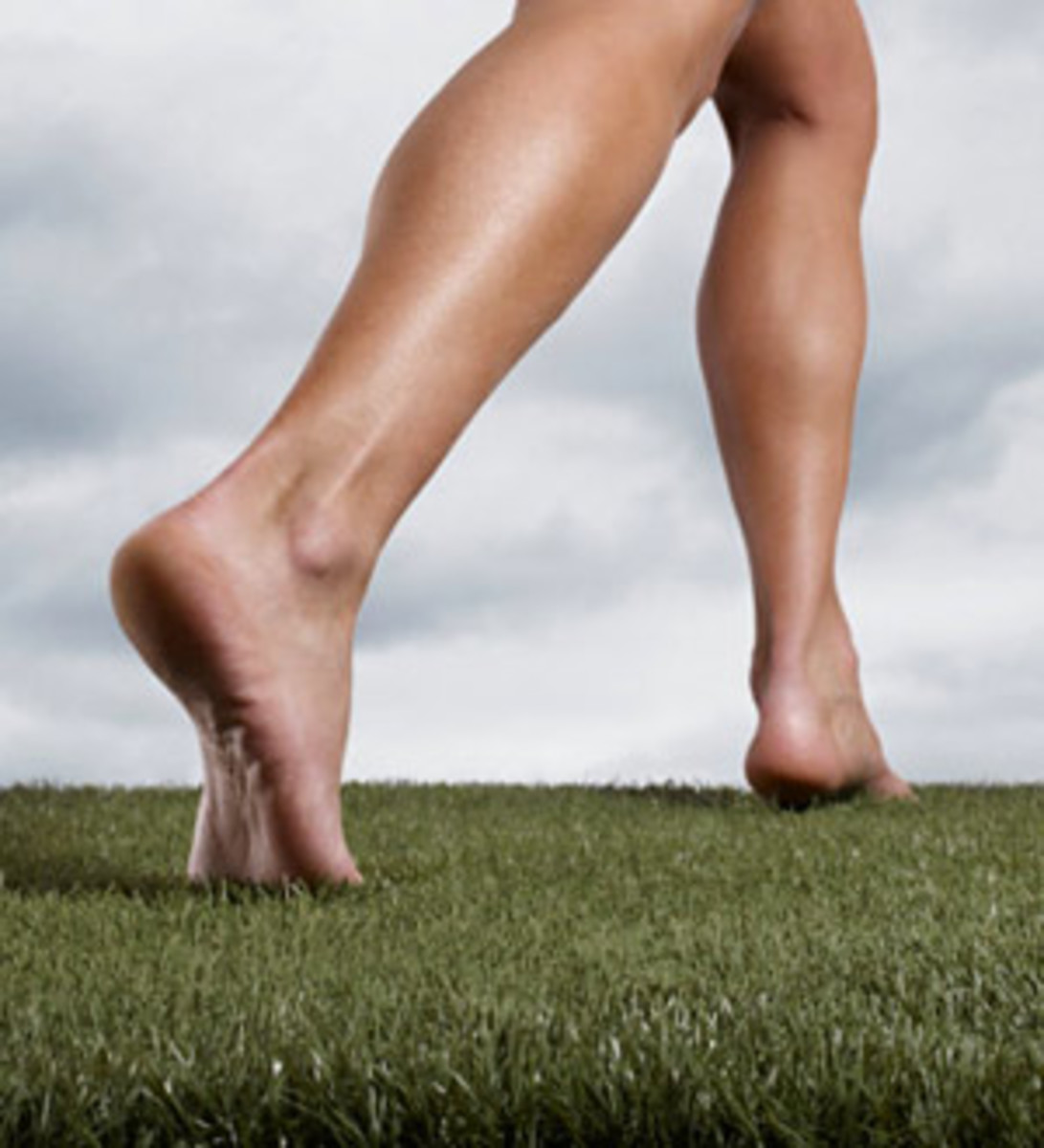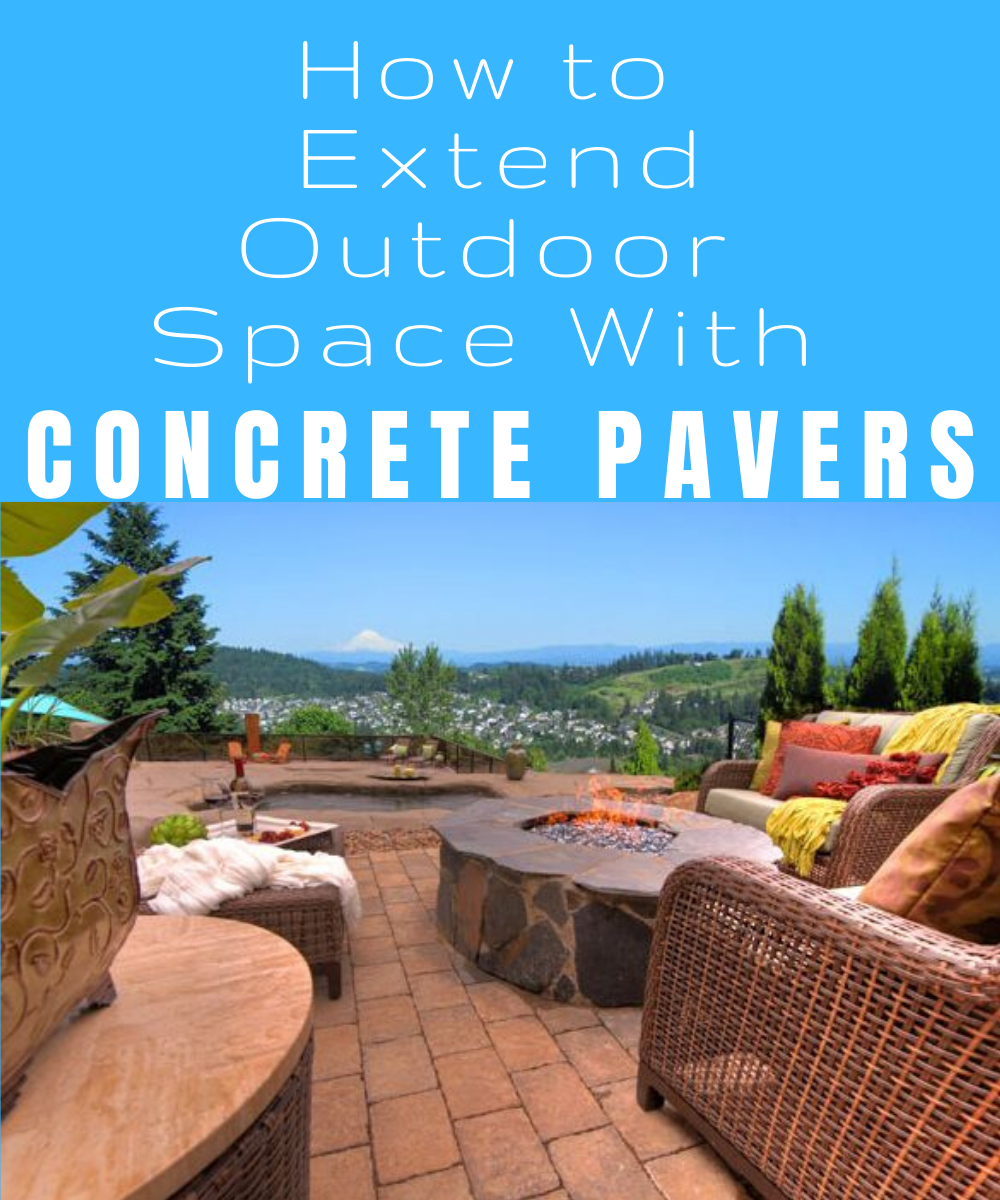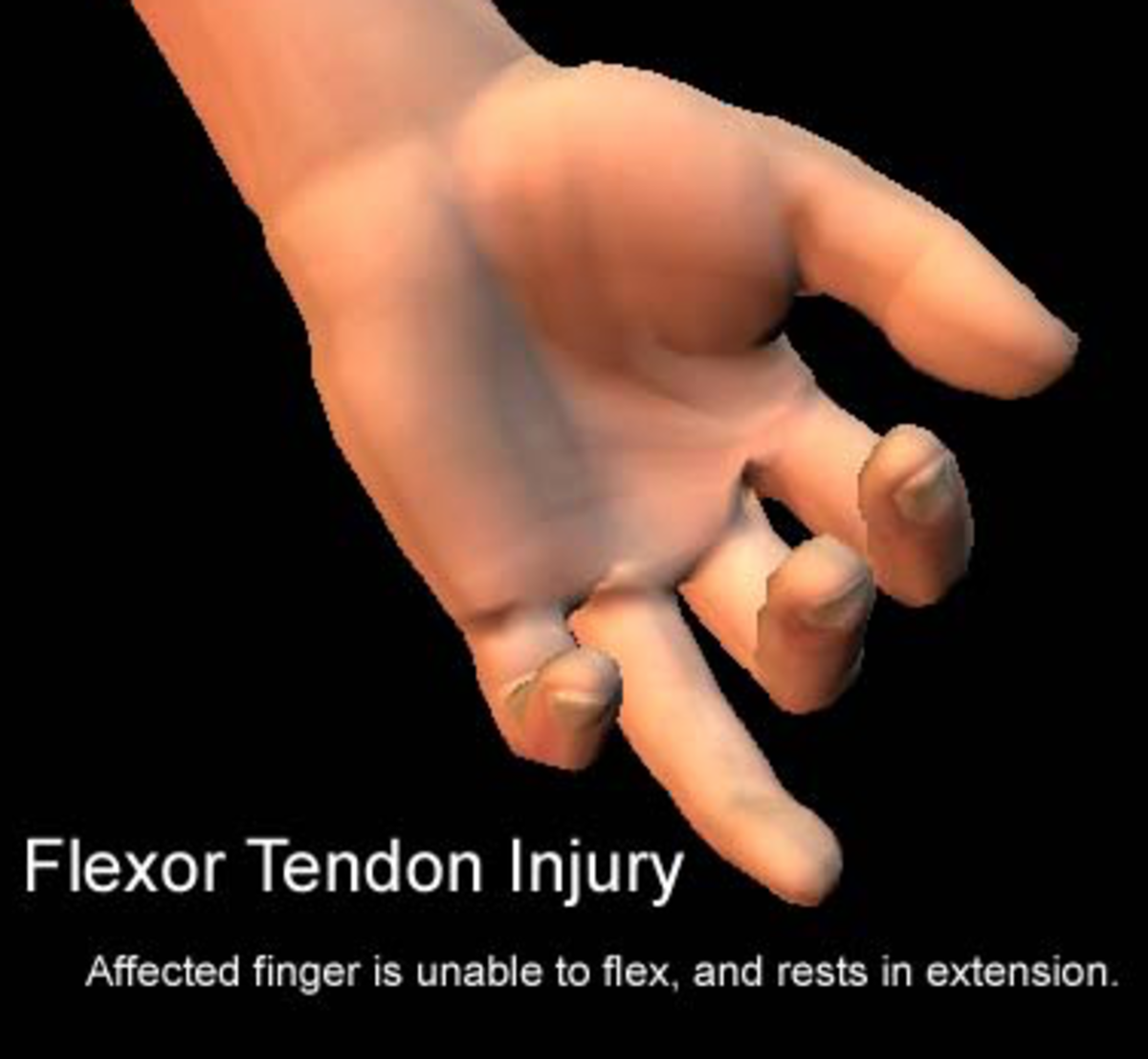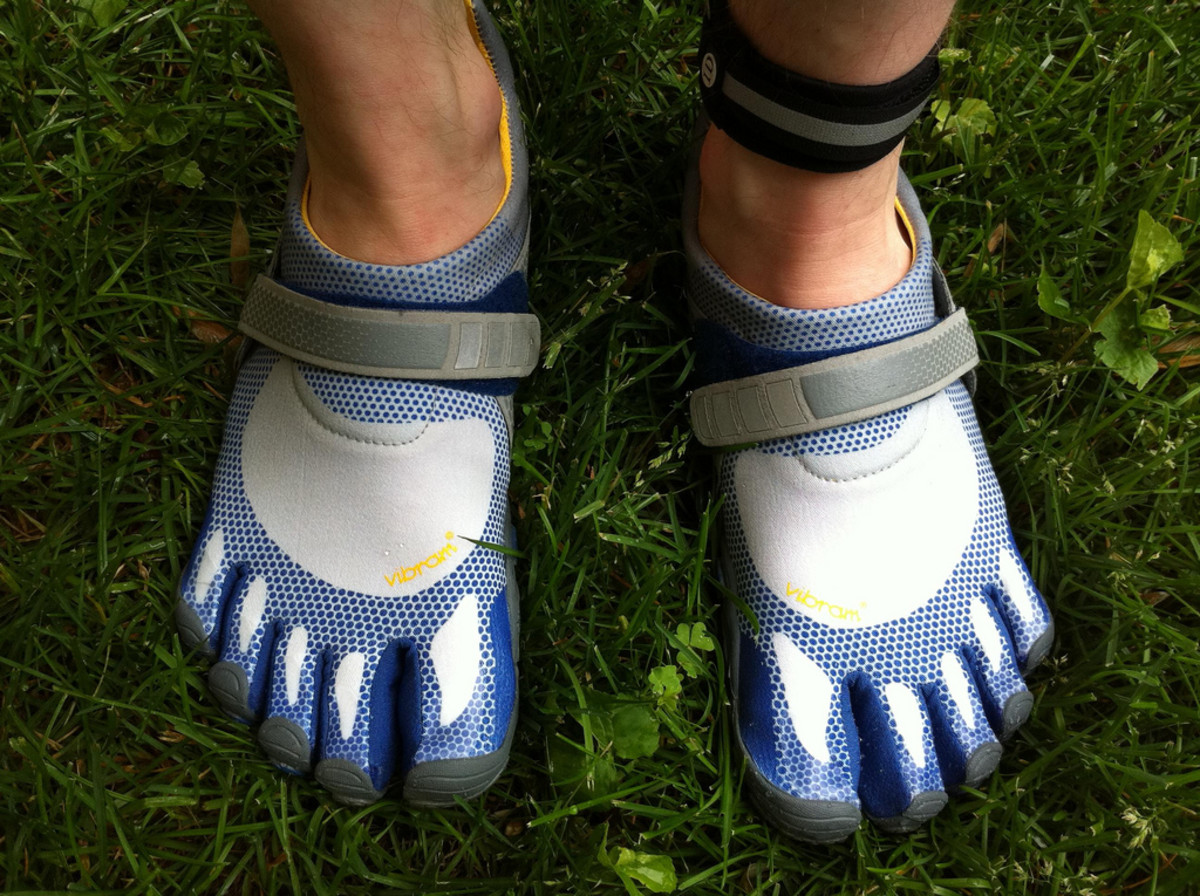Running Surfaces: How To Prevent Injury
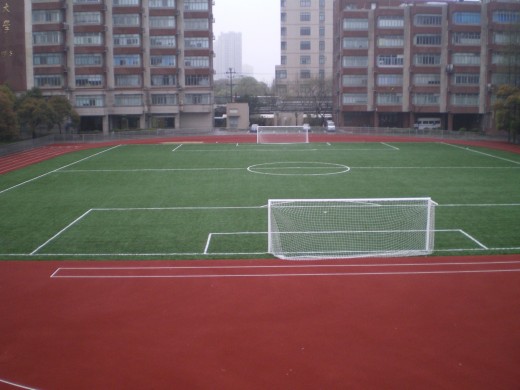
Recently a friend of mine, Tracey, wrote that she was experiencing shin soreness after her daily run. I posted back that you need to have the right equipment and run on good surfaces, otherwise you will get some type of injury, including shin splints. I recommended to Tracey to try the following:
- Make sure that you have good running shoes that suit the environment that you run in
- Stretch before running
- Wherever possible don't run on concrete paths or paver, try sealed roads or similar
- Make sure that you have days off so that your body can recuperate
In this hub I'm going to look at running surfaces and let you know the ones to miss and those to run on.
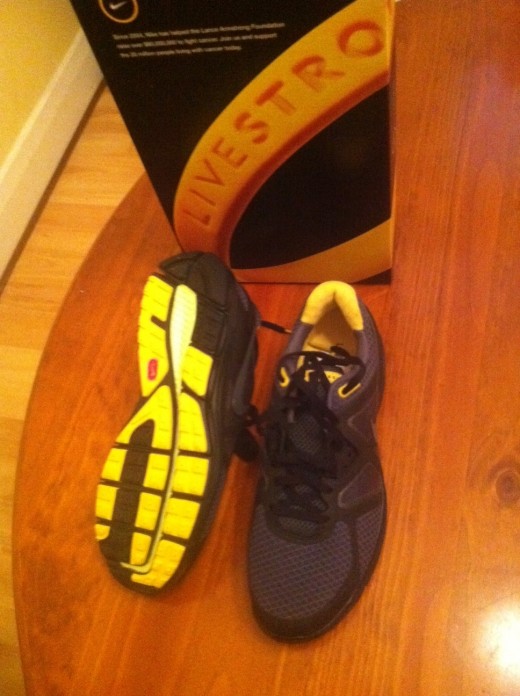
Shoes
The first tip is to buy a decent pair of running shoes. I recently blogged about how I bought a new pair of Nikes that are suitable for the pavement running that I do. The beauty of these shoes is that they have extra padding in the heel to take out some of the impact from the road.
But they do take time to break in and to get used to. I found that initially I preferred my older shoes, however as I go used to the way that I need to run in these it has reduced my soreness and helped me to have a better run.
According to the experts having the right gear means less injuries and a more enjoyable fitness regime. At just A$150 a pair they are a worthwhile investment.

Concrete Paths
Concrete paths are enemy #1 for runners. This surface is very hard and it can create impact injuries, especially in the feet area and the shins.
Many runners complain of shin splints and concrete paths are a direct contributor to this type of impact injury.
Wherever possible it is advised to not run on these pathways and to find an alternate running track or road running. In my town, Adelaide, a lot of the old concrete paths have been removed and those that remain are usually cracked or rising and these can become a tripping hazard to runners.
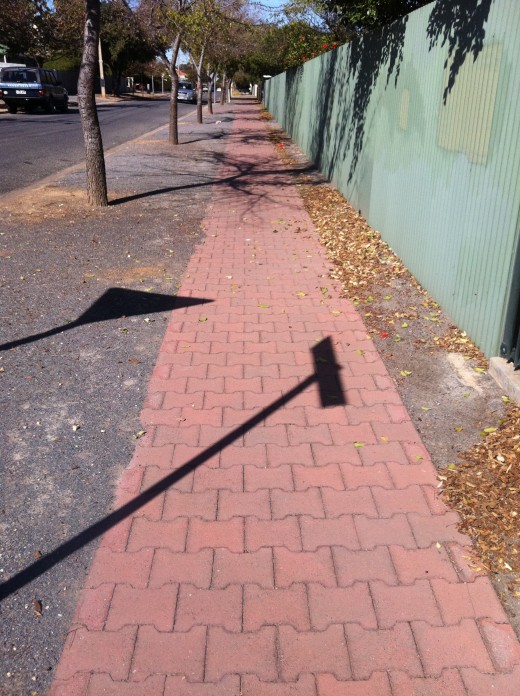
Pavers
Pavers are just better than running in concrete! Most pavers are made by using concrete and then moulding these into brick shapes. Some, usually around the home, are clay or brick payers and these offer a little less resistance.
Around Adelaide and many other cities pavers are becoming a favoured pathway paving device and these are also very hard on the feet, ankles and the shins.
As with concrete, try to avoid pavers wherever possible and always wear specific running shoes that are padded to cope with the terrain.
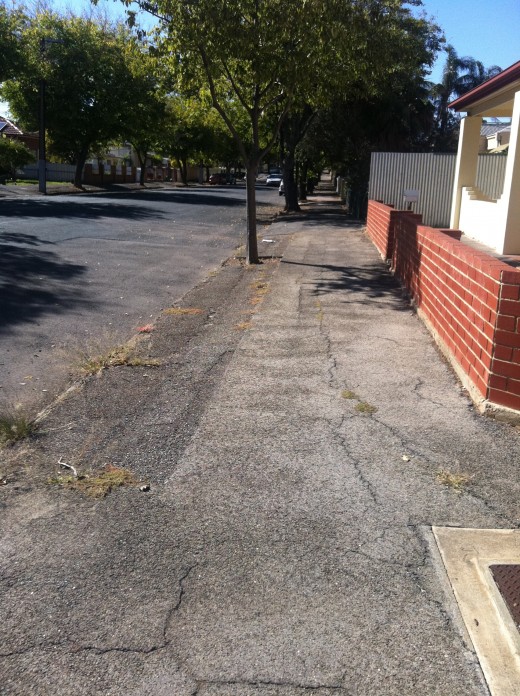
Sealed Paths
Sealed paths can be an enjoyable part of the run when you come across them! I find that I am spending most of the time on concrete or paver paths so finding a bit of asphalt gives my legs and feet a bit of a break.
The great thing about a sealed path is that it is not as compacted as concrete or a road and so it have some 'give' in it. You can almost immediately feel the difference when you run on it. Another tip is to pick out any freshly layed area of asphalt - it is softer than the harden areas and your legs/injuries will thank you for the relief!
The other good part about running on sealed paths is that this replicates running on the road which is where most people compete in running events such as fun runs and marathons.
Finally, from time to time it can be safe to run on a back street road - always run facing the traffic and this will allow you to replicate a road running race as well as giving your legs a break!
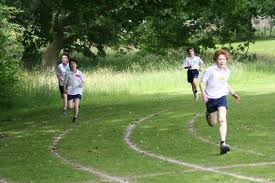
Grass
Grass is another alternate running surface. But once again you need to choose the type of running shoe that suits the terrain.
Nike sell the 'Free Running' shoe which is made to run on grass and replicates the experience of running barefoot while still supporting the sole of the foot.
For me, running on grass is hard work and I find that I tire very quickly due to the softness of the surface and the need to work harder to get traction and speed.
Doing laps around an oval can inspire you to get better with each run and to go longer, providing that you don't mind running around in circles!
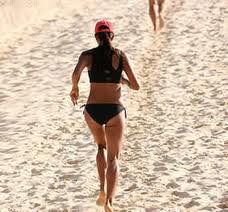
Sand
Sand is another surface that works different muscles than you will experience in road running. Sand can be quite soft and at time very hard, but it is a surface that has plenty of 'give' and this will reduce foot and shin type injuries.
Once again I find it hard to run on sand and try to avoid this as much as possible! Luckily I don't live near the beach, so I can easily find an excuse to avoid running in it.
A number of athletes use sand running to build up strength and endurance, so a run once or twice a week on this surface could help your overall fitness.
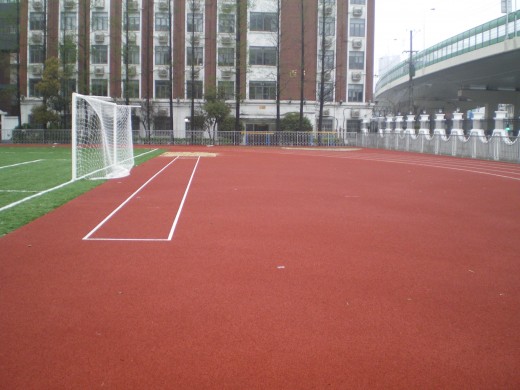
Custom Running Surfaces
In 2010 I was fortunate enough to attend a MBA course in China. While in Shanghai across the road from our Hotel there was a stadium style running track complete with rebound ace.
I have never before, or since, run on a track that was made for runners! The surface had plenty of give with a lot of support. During the week I was in China I completed 15 laps a day and never once felt any shin or foot soreness.
If I could have bought this track to Adelaide I would have!
This type of surface is perfect for long distance running (providing that you find it OK to run around in circles) and to prevent injuries that you can easily pick up in road running.
One disadvantage is that the track is entirely flat, so you miss out on the cardio workout of running up hills etc. But overall this is the surface that all runners should consider, especially if you are feeling some sort of soreness in the shin or foot area.
Final Advice
The key to running is to have the right gear. By choosing a shoe that suits your gait and the surface you run on will assist your run and prevent injuries.
You also need to plan your run with the type of surface or terrain that you will be running on. Avoid concrete and paving pathways and try to run on asphalt or rebound ace styles. You may even want to mix up the running surface with a bit of grass or sand running (I won't!)
Finally, regardless of the surface or your shoe, you must rest from time to time, take a day or two off and do yoga or stretching exercises to give your body (and legs) a break!
Cheers Michael


